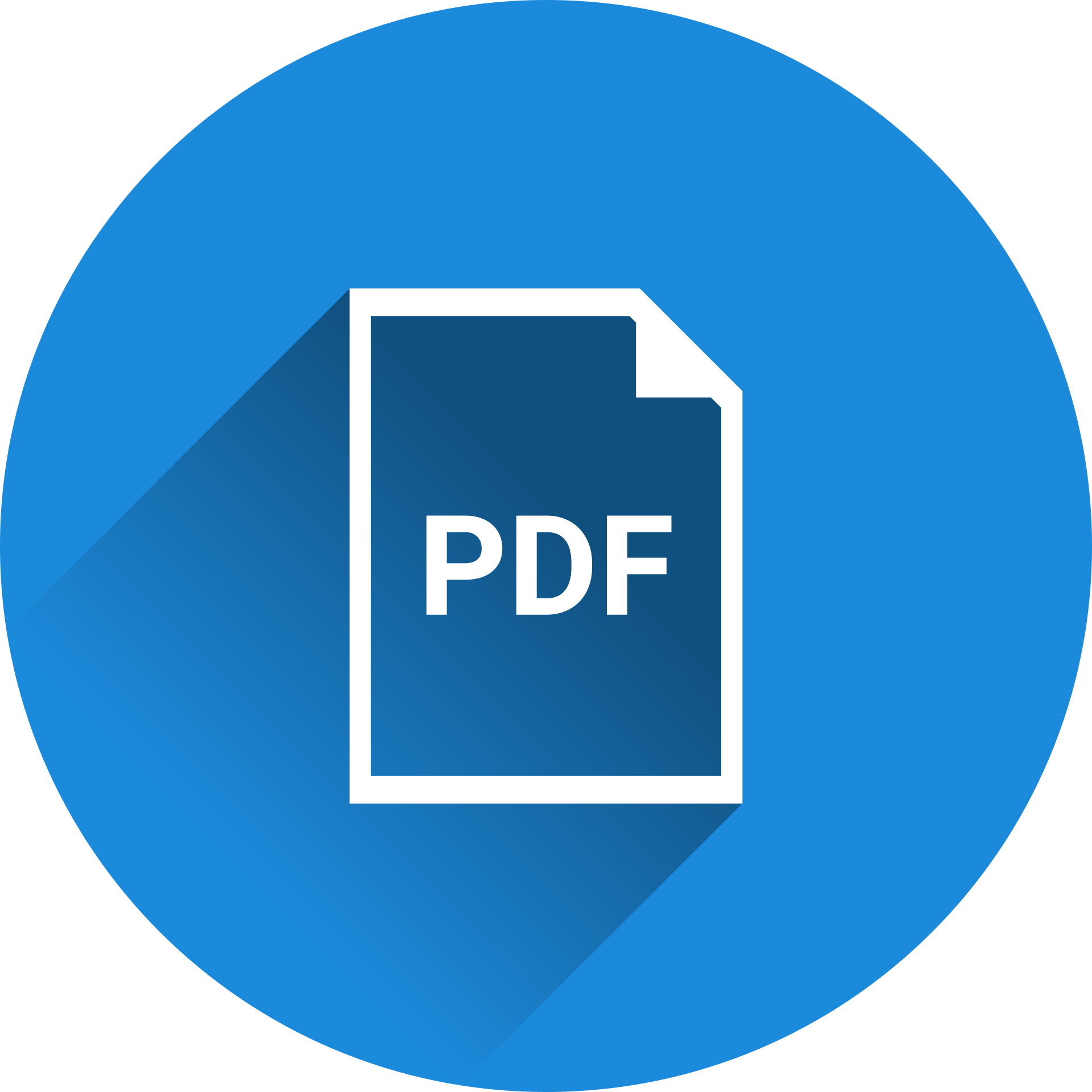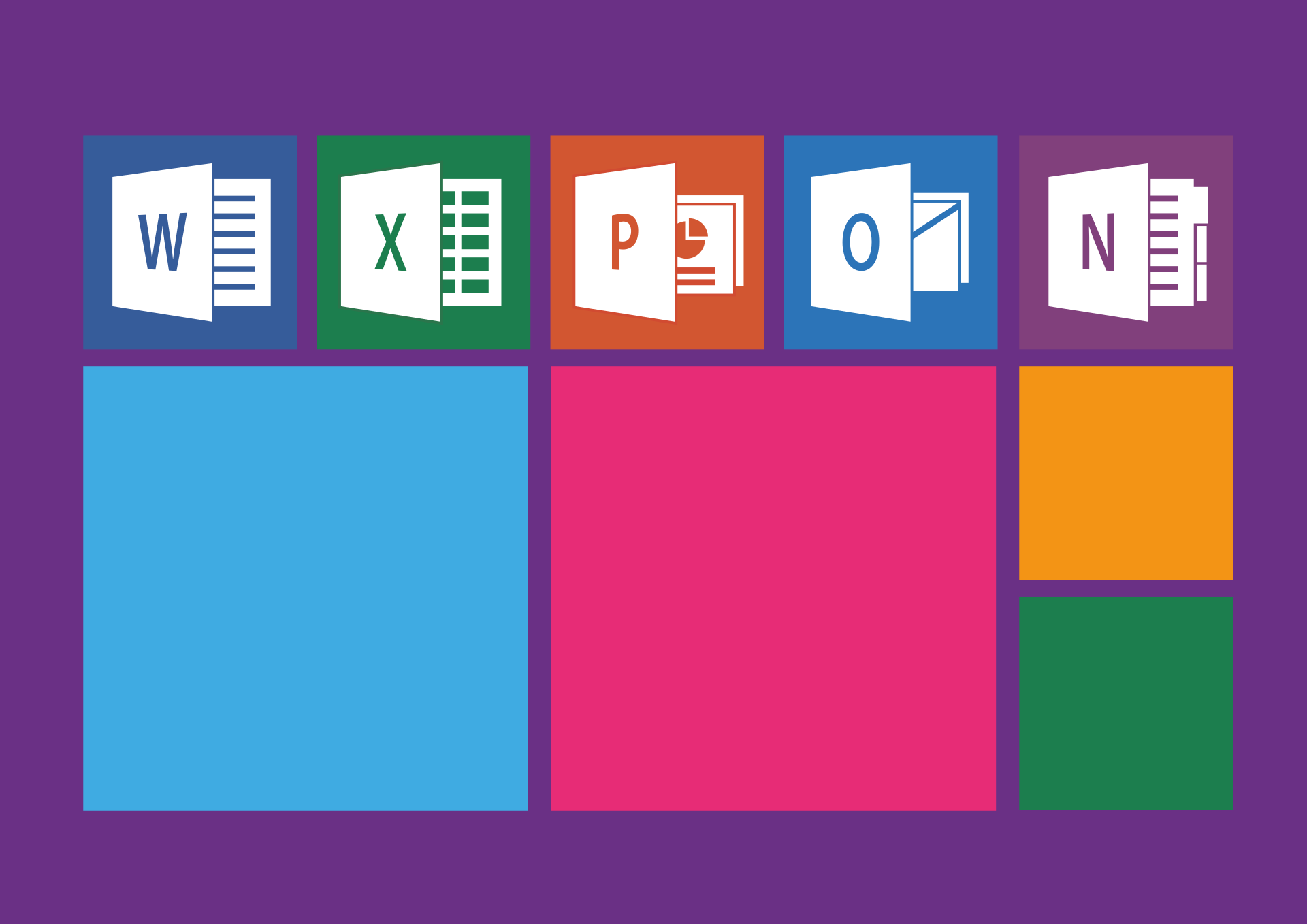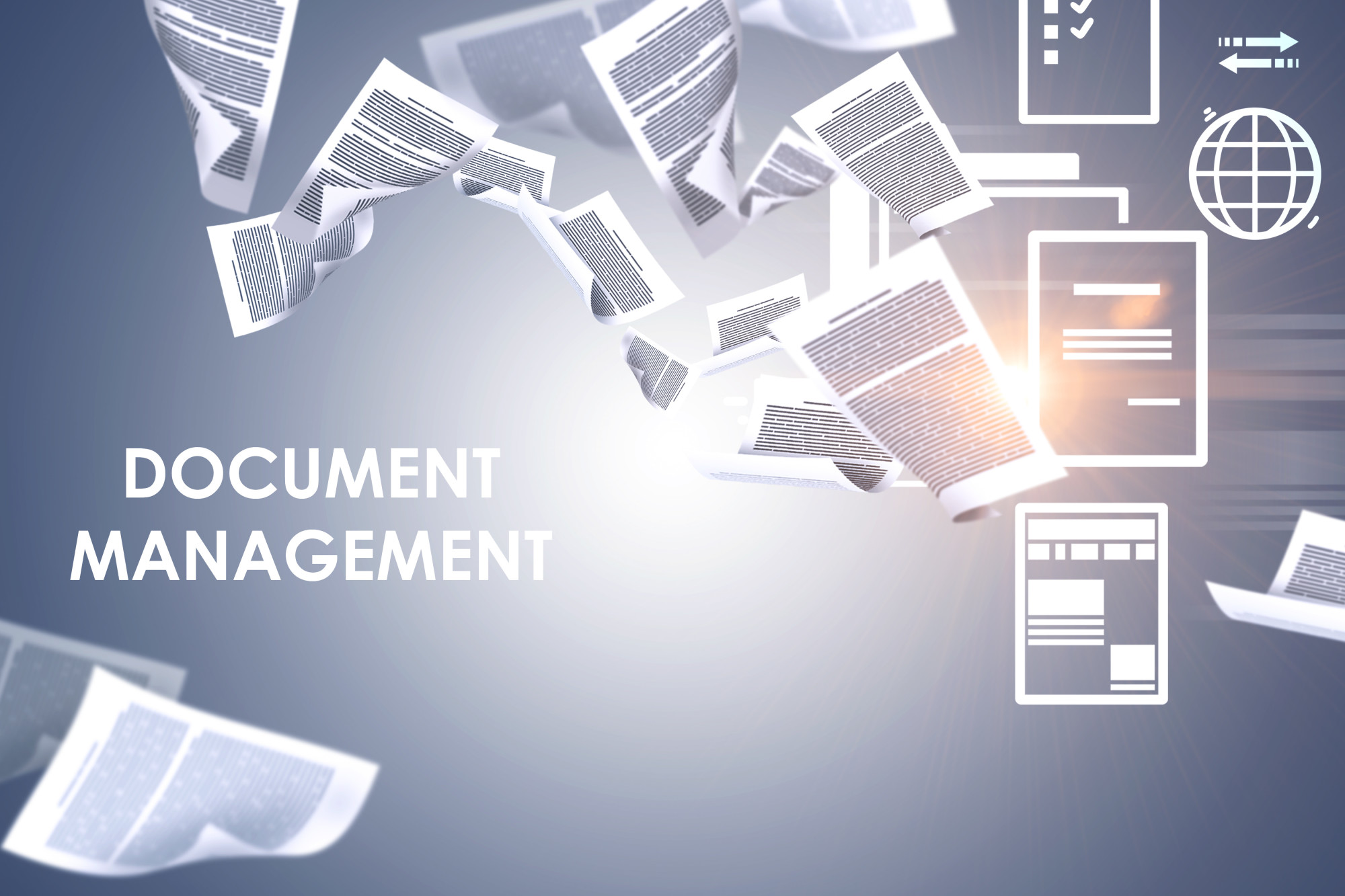PDF files are commonly used across nearly every industry. They’re even able to be created by scanning documents with your phone or tablet.
There are often times, though, where you’ll need to reduce the size of this file.
Not sure where to start? Don’t worry, we’ve got you covered.
Let’s take a look at everything you need to know about how to compress PDFs.
What’s The Point in Reducing the Size of a PDF?
This is a question many that users may be asking themselves. The answer, though, is relatively straightforward.
As you may expect, reducing the size of a file will cause it to take up less storage space on your computer. For those with machines that have limited storage, a large number of PDF files, or both, this practice is easily worth the time.
Additionally, smaller files are also easier to transfer to other parties.
Google’s Gmail service, for instance, only allows a maximum file size of 25 MB to be attached to an email. Otherwise, it must be sent as a Google Drive link.
While there’s nothing inherently wrong with Google Drive as a service, it adds multiple extra steps for the other party to download the file.
Listed below are a few of the most notable ways you can reduce the total size of a PDF.
Use Microsoft Word to Reduce The Size
Although it may seem slightly unconventional, you’re able to reduce the total size of a PDF file simply by opening it up in Word and making a few minor changes.
It’s important to note, though, that this option is only able to be used for creating a PDF from a Word document— not for reducing the size of a PDF file that already exists.
First, open the document that you wish to convert to a PDF. Navigate to File > Save As and select PDF as your preferred file type. Underneath this dropdown menu is an option called ‘minimum size.’
By selecting this, you’ll reduce the size of the PDF as much as possible while still preserving its quality. Even if you don’t need to transfer the file to someone else, this is a worthwhile method to save extra space on your machine.
If you happen to need to convert a PDF file to a Word document to take advantage of this method, you’re able to do so with this tool.
Use a Print-to-PDF Application
This method is just as unconventional but also just as effective.
By opening a PDF file in Adobe Reader and selecting Adobe PDF Printer as the printing option, you’ll be able to significantly reduce the size of the entire file.
This method works due to some form of automatic compression that Adobe Reader utilizes when preparing the document for this type of printing. After you select ‘OK’, you’ll find that the document’s size has been reduced to a small percentage of what it was.
Remove Unwanted Objects
Fortunately for those who need smaller files, Adobe Acrobat has built-in optimization utility that can help reduce the amount of space your PDF takes up without affecting its quality.
By clicking on the ‘Advanced’ tab, you’ll be able to navigate to an option called ‘PDF Optimizer.’ This will bring up a separate window where you’re able to configure how the software manipulates your PDF file.
In the top-right corner, there’s a button called ‘Audit Space Usage’ that will display what components of the PDF’s content are contributing most to its file size. Most commonly, you’ll find that this includes fonts and images.
Under ‘Image Settings,’ you’re able to downsample the size of your PDFs images to save extra space. In the ‘pixels’ field, inputting a value of 72 will allow the images to still display correctly on computer screens despite their size reduction.
Additionally, the ‘Discard Objects,’ Discard User Data,’ and ‘Clean Up’ options should all be selected when using Adobe Optimizer in order to get the smallest size possible. This won’t affect the quality of the file, so you don’t need to be concerned when utilizing these options.
Compress The PDF Itself
This option is ideal for those who simply need to have an easier time sending their PDF file or would like to store it on their computer without it taking up too much space.
On a Windows computer, you’re able to accomplish this by right-clicking the file and choosing Send To > Compressed (zip folder).
On a Mac, the process is nearly identical. Right-click the PDF and navigate to ‘Compress.’
This will instantly reduce the total size of the PDF file and create a compressed version of it adjacent to the original file.
If you’d simply like to store it on your computer, you can delete the original PDF. Opening the compressed file will decompress it and allow you to access it in its original form.
For those who only need to send the file to another party, you’re able to send the compressed version to minimize the amount of time and effort that it takes for them to receive it.
Understanding How to Compress PDFs Can Seem Difficult
But it doesn’t have to be.
With the above information about how to compress PDFs in mind, you’ll be well on your way toward making this process go as smoothly as possible.
Want to learn more about how we can help? Feel free to get in touch with us today to see what we can do.









